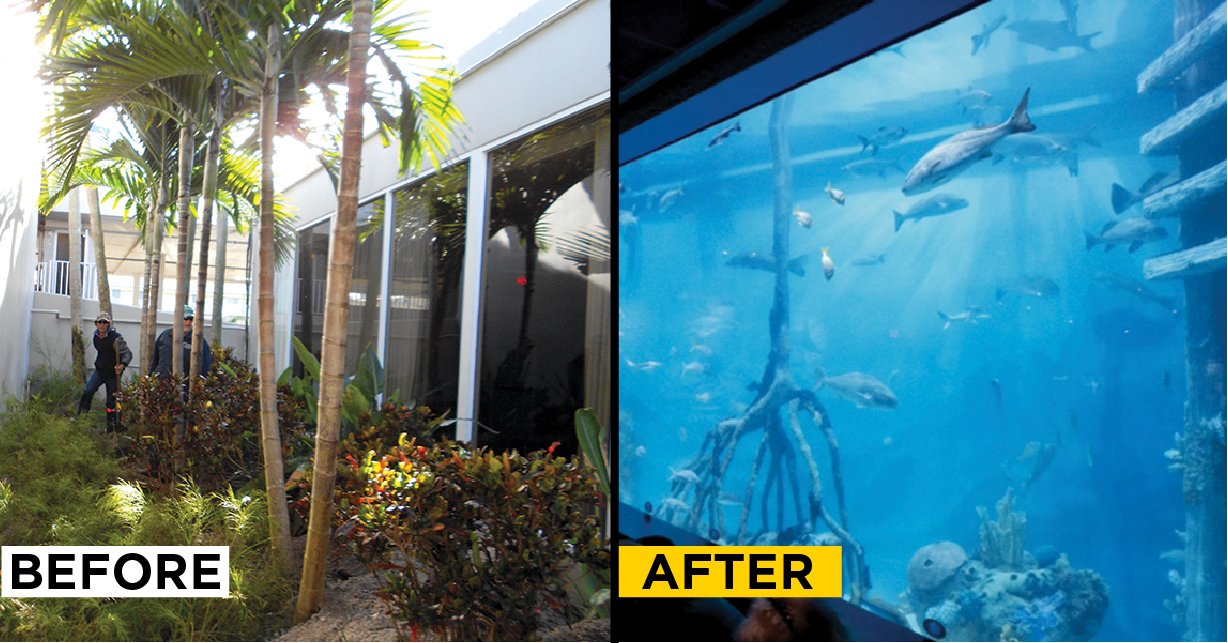Every building requires a solid and stable foundation to last the test of time. Technological advances have birthed a more effective and sophisticated means of foundation construction and repairs. The use of helical piles in construction has gained popularity as it is commonly used today in tension and compression load applications.
Unlike traditional foundations, helical piles are versatile products that require very minimal installation equipment. Similarly, the installation of helical piles is not weather dependent as it could also get installed in limited access areas.
There are different designs of helical piles. As a result, you would expect a varying level of performance among them. One of the significant distinctions between these designs is if the center column or pliers shaft is round or square.
Underpinning foundation with Helical Piles System
Underpinning is a process of strengthening the foundation of an existing building or other structures. The following are reasons why a structure would require underpinning:
- When the existing foundation is undermined by nature’s forces, e.g., hurricane, flood, earthquake,
- When the usage of the structure is changed
- When the properties of the soil supporting the structure may have changed.
- When the original structure is not strong or stable enough.
- To increase the depth and load capacity of the existing foundation and support the addition of another story.
Using pumped concrete for underpinning buildings in some cases might worsen the problem of subsidence affecting the soil. The use of helical piles to overcome subsidence offers a good solution as they can sit in depth at 2m – 3m or deeper.
Helical underpinning systems provide a wide range of capacities designed best to fit the requirement of a structural stabilization project cost-effectively.
 How it works
How it works
Helical underpinning systems are installed to stabilize foundations or to increase the load capacities of existing structures. In underpinning projects, piles are usually installed independently to the structure to depths beyond difficult soils, which attain the installing torque that correlates with the required load-bearing capacity. Special brackets are placed around the perimeter and secured to the concrete foundation.
After which, a pile is then torqued into the soil and connected to each corresponding bracket. With hydraulic jacks, these brackets are lifted, and the tightening of nuts on the vertical bolts of the bracket locks off the load.
Advantages of repairing foundations with CHANCE® Helical Underpinning systems
- Quick installation time
- Ability to reach competent soil below active zone
- It can be installed in limited access areas with low overhead.
- Predictable torque to capacity ratio
- Installed in any weather condition
- Instant loading; loads may be immediately applied with no cure time.
- They are installed with small and widely used construction equipment.
Application of Helical Underpinning Systems: A Case Study Of A Private Residence Whose Foundation Got Undermined During Hurricane Sally
The devastating effect of hurricane Salty is still felt in Baldwin County, Alabama, as the signs of the hurricane’s impact linger around the city. One of the significant devastation caused by Hurricane Salty is damage caused to the foundations of many homes in Baldwin County, Alabama.
Our case study is a private residence constructed on a bluff that overlooks Perdido Bay. A seawall was built around the edge of the property to retain soil for the residence’s backyard. During the storm, the remaining wall caved in, and the soil from the backyard washed into the bay. This exposed the foundation under the home. The soil beneath half of the home’s rear foundation was lost, leaving only a barge as the only way to access the house.
The situation required a procedure that would stabilize the foundation without the need for heavy equipment or hammering. This is because the rear foundation of the home has been primarily undermined and very close to failing. There was an urgent need to carry out a quick and safe foundation repair without disturbing the soil still unscathed around the foundation.
Deciding on the procedure to adopt in tackling the problem was pretty straightforward, considering the state of the property at that particular time. The apparent solution was underpinning the rear of the home with round shaft Helical piles. Underpinning helps to strengthen a building foundation, and there are several methods of carrying it out.
Concrete underpinning is one of the oldest and traditional procedures of reinforcement. Nonetheless, it has some drawbacks, which include;
- It can be a prolonged process.
- It involves excavation that may end up destroying a part of your home.
- It is labor-intensive and could increase costs for larger jobs.
- The deeper soil is not always firmer.
Round shaft helical piles were used because they could be installed with a mini excavator with minimal impact to the worksite. The mini excavator was brought to the site on a small barge, and the piles were then screwed in around the foundation with minimal disturbance to the soil.
A 6″ diameter sleeve was placed around each pile that extended from the bottom of the foundation to 3″ below the soil level. The sleeve was reinforced with a rebar cage and filled with concrete. In total, 15 helical piles were installed to a depth of 25 feet and fastened the foundation with 40-kip underpin brackets.
 Key Benefits
Key Benefits
- No vibrations: Since only a mini excavator was used to drive the piles straight into the ground, the noise impact was minimal. There were no vibrations whatsoever which were quite significant considering the state of the structure.
- Small equipment: The mini excavator is a small piece of machinery; the challenge of construction equipment limiting workspace was nonexistent.
- Quick installation: The process was fast, considering the building’s foundation was in a precarious state, and time was in the essence.
Conclusion
Helical piles have been used in several projects worldwide because of their efficiency and relatively straightforward procedures. With Helical piles, complex buildings with delicate foundations can be constructed in places that typically would not support a structure otherwise.
Looking for an efficient and fast way to secure and repair your foundation, the helical pile system remains your best bet.




